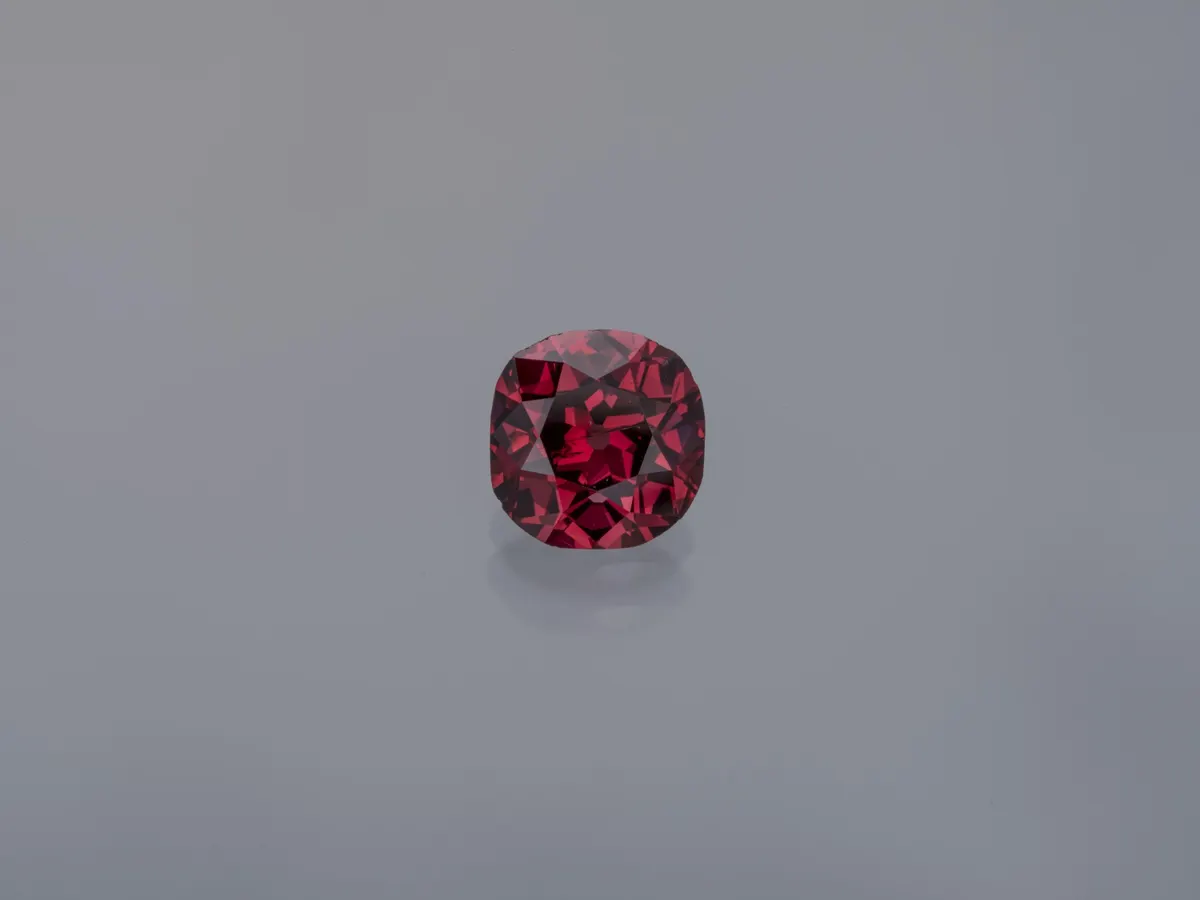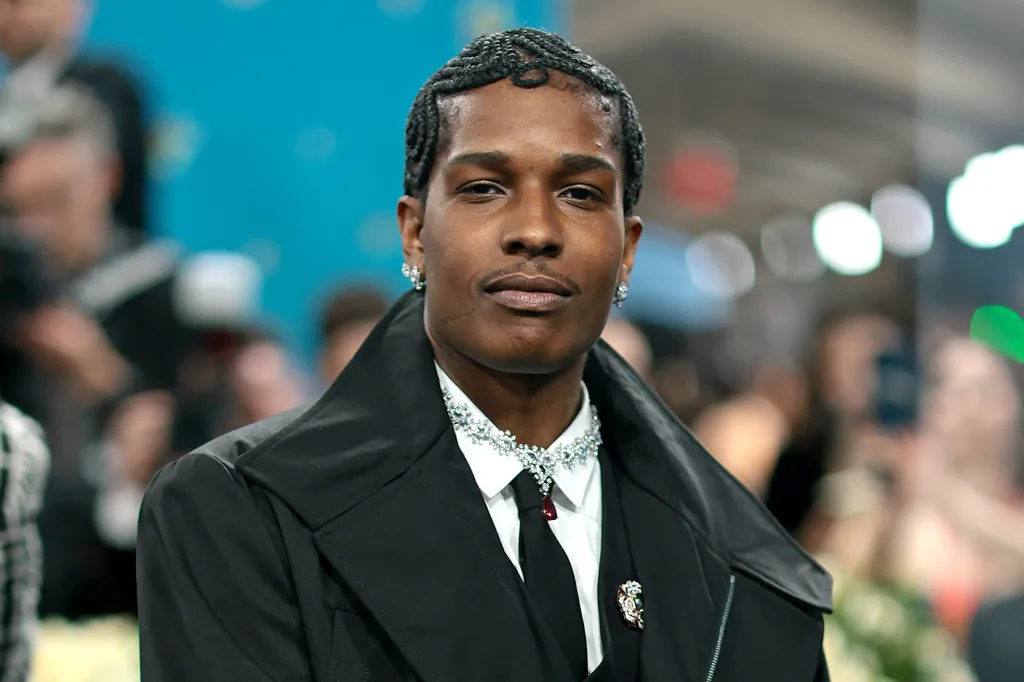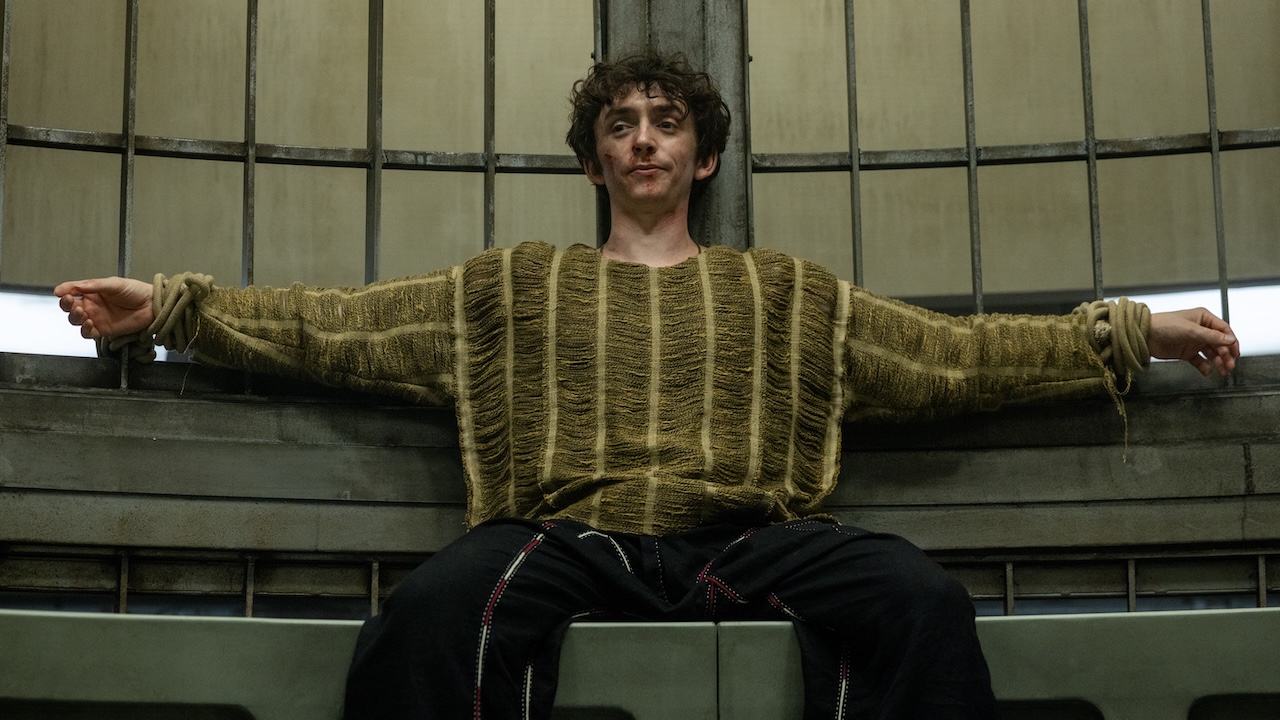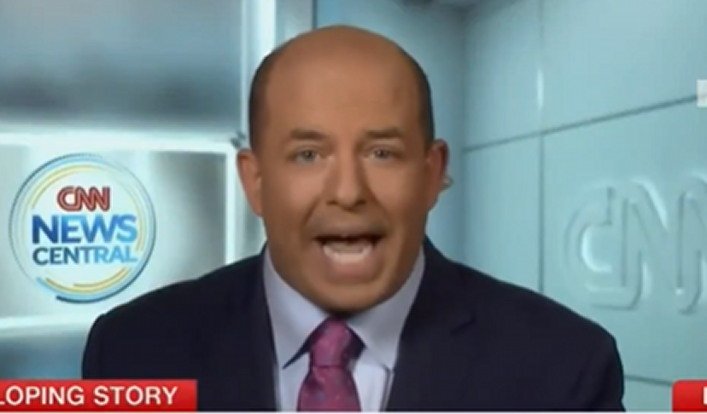By Anthony DeMarco,Robert Weldon,Senior Contributor
Copyright forbes

The 2.33-carat Winston Red Diamond, one of the finest fancy red diamonds in the world
Photo by Robert Weldon, courtesy of Ronald Winston
The Smithsonian National Museum of Natural History in Washington, D.C., is a wonder for all ages where one can explore fossils, the ocean, ancient Egypt, a butterfly habitat and the internal workings of a cellphone. The list of marvels goes and on with exhibits that range from miniscule to gigantic.
However, the most viewed exhibit is believed to be The Hope Diamond. The museum says this iconic 45.5-carat blue diamond has been seen by more than 100 million people since the famed jeweler, Harry Winston, donated the historic gem to the museum in 1958.
The Hope Diamond now has some competition. In February the museum announced that it received an extremely rare 2.33-carat fancy red diamond, donated by Harry Winston’s son, Ronald Winston. In April the “Winston Red” was unveiled in the Winston Gallery, the same room as The Hope Diamond display, centered in a display with 40 other diamonds from the Winston Family Color Diamond collection arranged in a radiant rainbow of color, with shades ranging from deep teal to soft peach.
The 2.33-carat Winston Red diamond in its display case in the Smithsonian Winston Gallery
Anthony DeMarco
In late August I was able to view the display in the Winston Gallery along with The Hope Diamond again. For about 30 minutes I had the rare opportunity to view the gems without a crowd.
Overall, it was quite impressive. I’ve seen pink and red diamonds but never seen one with the richness of red that this diamond possesses. Its display with the 40 other diamonds provides a visual education of the many colors of diamonds that appear in nature.
MORE FOR YOU
Gabriela Farfan, the Coralyn W. Whitney Curator of Gems and Minerals, was happy to discuss the Winston Red, the other 40 colored diamonds, and their importance to the beauty of diamonds, scientific research of gems and its place in art and culture. What follows are Farfan’s responses to my questions via email.
Anthony DeMarco: The Winston Red Diamond is one of the largest fancy red diamonds known—can you explain what makes a diamond “fancy red” and why this color is so rare?
Gabriela Farfan: Fancy red means that the diamond is pure red with no modifying colors such as brown, orange, or purple. For example, a modified red could be a fancy purplish red, or fancy brownish red. This pure red is so rare because of the unique combination of geological conditions (temperature and pressure) and impurities in the diamond that had to take place in order to create this red color and not induce other colors. It’s a true “Goldilocks” scenario.
The 40 colored diamonds ranging in size from 0.4 to 9.49 carats that accompanies the Winston Red Diamond
Photos by Robert Weldon, arranged by Gabriela Farfan, courtesy of Ronald Winston
AD: Only a handful of red diamonds are known worldwide. Where does this stone sit in terms of rarity and importance?
GF: The Winston Red Diamond is the fifth largest known fancy red diamond in the world, based on all the fancy red diamonds that have passed through GIA’s (Gemological Institute of America) laboratories, plus public records. Fancy red diamonds are estimated to be only one in 25 million diamonds found, making them incredibly rare. As far as we are aware, the Winston Red is also particularly important because it is the only fancy red diamond that is currently on exhibit for the public to enjoy.
AD: Beyond its size and color, are there particular features of the Winston Red Diamond—its cut, clarity, or history—that stand out?
GF: Of the 4C’s, the color and carat weight (size) are the most important factors that make the Winston Red so special. Its clarity is an I2, which means that it is very flawed, but no one really cares because the color is so magnificent. The cut is an old mine cut, which signifies that the stone is old and was cut a long time ago. We managed to sleuth out its history and can now trace the Winston Red back to 1938 when Cartier sold the stone to the Maharaja of Nawanagar. For more details about the history, we recommend reading our open access article on the science and history of the Winston Red diamond that we published earlier this year in Gems & Gemology (GIA’s Journal).
AD: How does it compare scientifically and culturally with other iconic diamonds in the Smithsonian’s collection, such as The Hope Diamond?
GF: The Winston Red joins the National Gem Collection as its latest icon. It is currently on exhibit in the Winston Gallery, in a case by The Hope Diamond, which was gifted to the Smithsonian in 1958 by Harry Winston. It was very important for Ronald Winston that his legacy with the Winston Red diamond would be close to his father’s famous diamond.
The Winston Red diamond backed by 40 fancy colored diamonds from the Winston collection on display in the Smithsonian
Anthony DeMarco
AD: Can you tell us more about the Winston Fancy Color Diamond Collection as a whole?
GF: Ronald Winston was a chemist by training, so he became fascinated by fancy color diamonds and collected them over 60 years. His interest was both in their beauty and their scientific value. This collection is one of the finest examples of the range of colors that exist in diamond. We selected the 40 most beautiful stones to represent this collection in the new exhibit.
AD: Who created the arrangement of the diamonds in the display and why?
GF: My gem team and I selected the 40 stones that we thought best captured the range of colors in the Winston Fancy Color Diamond Collection. We also favored larger gems so that they would show up better on exhibit. The full effect is quite impressive. The diamonds are arranged in color groupings so that the public can appreciate the variety of colors within groups blues, pinks, purples, etc.
AD: What do these diamonds teach scientists and the public about how color forms in diamonds?
GF: The source of color in diamonds is currently an active topic of research. Being part of the National Gem and Mineral Collection, this collection will serve the research community to continue to unlock the secrets behind these colors.
AD: How might this collection help advance gemological research at the Smithsonian?
GF: My colleagues and I just published this article on the science behind the Winston Red Diamond. We look forward to continuing future research on this collection.
AD: What role do gifts like this play in shaping the Smithsonian’s National Gem Collection?
GF: Every single gem and mineral in the National Gem and Mineral Collection has come in through donation. Gifts like this remind us all of the immense generosity needed to build such a remarkable National Gem and Mineral Collection. And like The Hope Diamond gift in 1958, we hope that the gift of the Winston Red and the Winston Fancy Color Diamond Collection helps to inspire future benefactors!
AD: Red diamonds remain a scientific mystery in some respects—what are researchers learning about the structural causes of their color?
GF: While this is still an active topic of research, recent studies such as our latest study on the Winston Red, are revealing more clues as to which variables are at play. We can confidently say that fancy red diamonds, like the Winston Red, are essentially more extreme versions of certain groups of pink diamonds.
AD: In your view, how do gems like these bridge science, art and cultural history?
GF: By definition, gems are the perfect blend of art and science, since they are an artform that uses natural history objects as a medium. Since gemstones tend to outlive us, many of them also carry the stories of people and eras. This mix of science, art and history—plus their beauty and value—is what makes gemstones so intriguing.
Editorial StandardsReprints & Permissions



